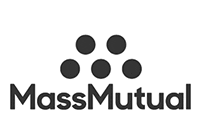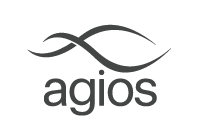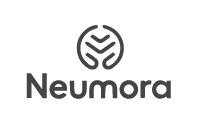A survey by Salesforce found that high-performing sales teams (top 20% in performance) are 2.8 times more likely to be outstanding at communication compared to underperforming teams (bottom 30%).
Salesforce Tweet
In the intricate dance of business communication, words are just one part of the story. Body language plays a crucial and often underappreciated role in how we convey messages, establish rapport, and influence others. Renowned social psychologist Amy Cuddy once said, “Our nonverbals govern how other people think and feel about us.” This is especially true in business, where your physical demeanor can dramatically impact perceptions and outcomes.
The Significance of Body Language in Business
Body language serves as a silent yet powerful communicator in our daily interactions. Studies suggest that nonverbal communication accounts for more than 50% of how we convey information. In the business world, understanding and utilizing body language effectively can mean the difference between a successful negotiation and a missed opportunity.
Five Body Language Stances to Enhance Your Business Interactions
The Power Pose – Stand with your feet shoulder-width apart, hands on your hips, and chin slightly raised. This pose exudes confidence and authority, essential for leadership situations or when making a strong impression. Research by Cuddy has shown that such power poses can increase feelings of confidence and may even impact testosterone and cortisol levels in the brain.
The Open Stance – Keep your arms relaxed at your sides and avoid crossing them over your chest. This posture signals openness and willingness to engage, fostering a collaborative atmosphere in team settings or client interactions.
The Nodding Gesture – Nodding while someone else speaks shows active listening and engagement. It encourages others to share their thoughts and conveys that you value their input. According to a study in the Journal of Nonverbal Behavior, nodding can significantly influence the speaker’s perceptions of the listener’s agreement and attentiveness.
Mirroring – Subtly mimicking the body language of your conversation partner can create a sense of rapport and understanding. This technique should be natural and nuanced to avoid appearing insincere.
Leaning In – Slightly leaning toward the person you are conversing with demonstrates interest and engagement. It’s particularly effective in negotiations or discussions, signaling that you are fully attentive.

Adapting Body Language for Virtual Platforms like Zoom
In the era of Zoom and virtual meetings, the nuances of body language require a slight shift in approach, yet remain fundamentally impactful. When interacting through a screen, your visible upper body and facial expressions become the primary tools for non-verbal communication.
Engaged Posture – Even in a virtual setting, maintaining an upright, engaged posture conveys attentiveness. Ensure your camera is at eye level to facilitate direct “eye contact” with your audience.
Expressive Gesturing – Use your hands and arms for expressive gesturing within the camera’s view to emphasize points and add energy to your presentation. This helps in breaking the monotony of a static screen presence.
Focused Gaze – While direct eye contact is not possible through a camera, looking into the camera lens when speaking simulates this effect and helps build a connection with your audience.
Responsive Facial Expressions – With the camera framing your face, your facial expressions play a heightened role. Smiling, nodding, and showing appropriate reactions can significantly enhance rapport and engagement.
Strategic Use of the ‘Mute’ and ‘Unmute’ – Utilize the mute/unmute feature thoughtfully. Unmuting to provide verbal acknowledgments or to laugh at a joke shows you are actively participating and engaged in the conversation.
By adapting these body language principles to the virtual environment, you can maintain a strong executive presence and effectively communicate your message, even when you’re not in the same room as your audience. It’s about making the most of the visual cues you can convey within the confines of a webcam frame, ensuring that your virtual interactions are as compelling and impactful as your in-person ones.
Implementing Body Language Techniques in Business
Practicing these body language techniques can profoundly impact your professional interactions. Regularly incorporating them into your communication style will enhance your ability to convey messages effectively, build stronger relationships, and drive successful business outcomes.
As you integrate these stances into your repertoire, be mindful of the powerful non-verbal messages you’re sending and receiving. By doing so, you’ll enhance your capacity for effective communication, fostering more productive relationships and achieving greater success in your professional endeavors. After all, as Cuddy reminds us, “Don’t fake it till you make it. Fake it till you become it.”





























